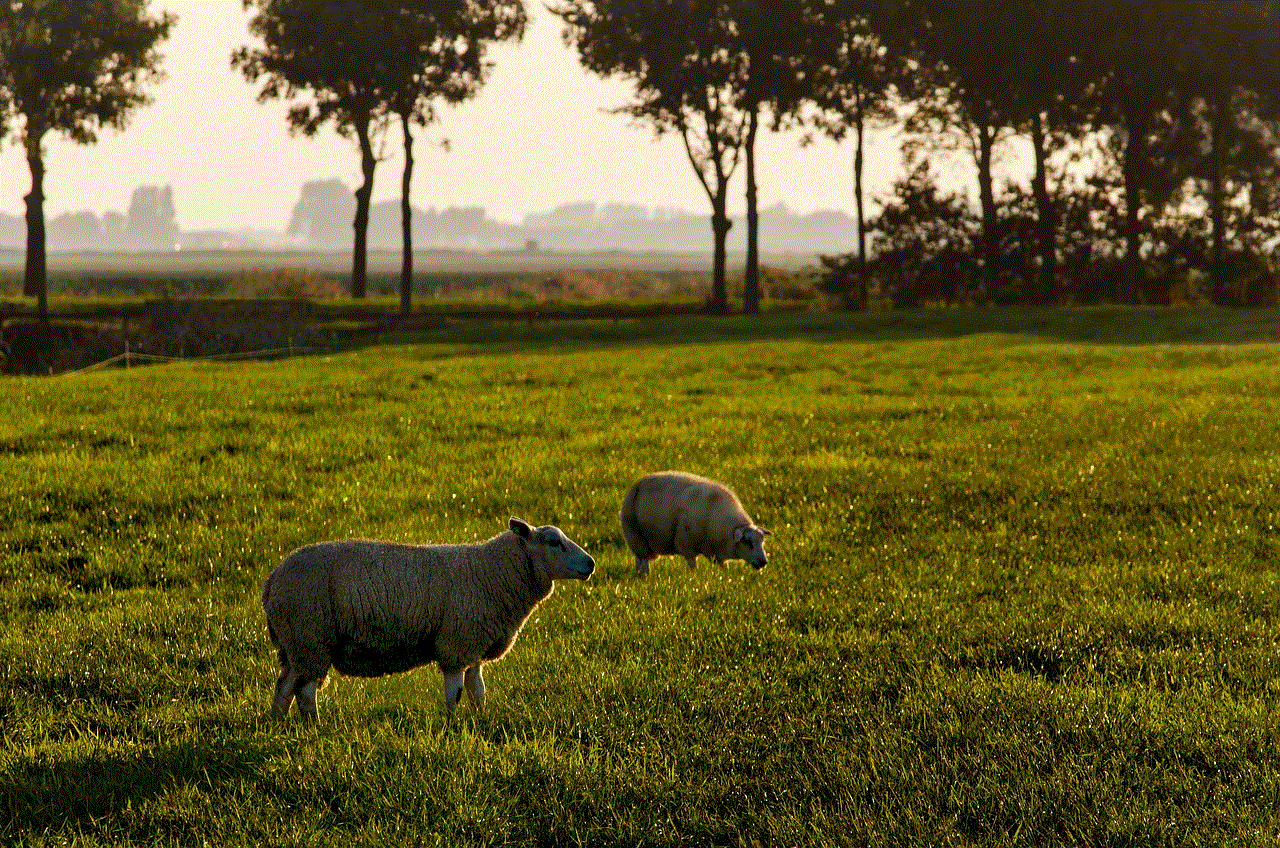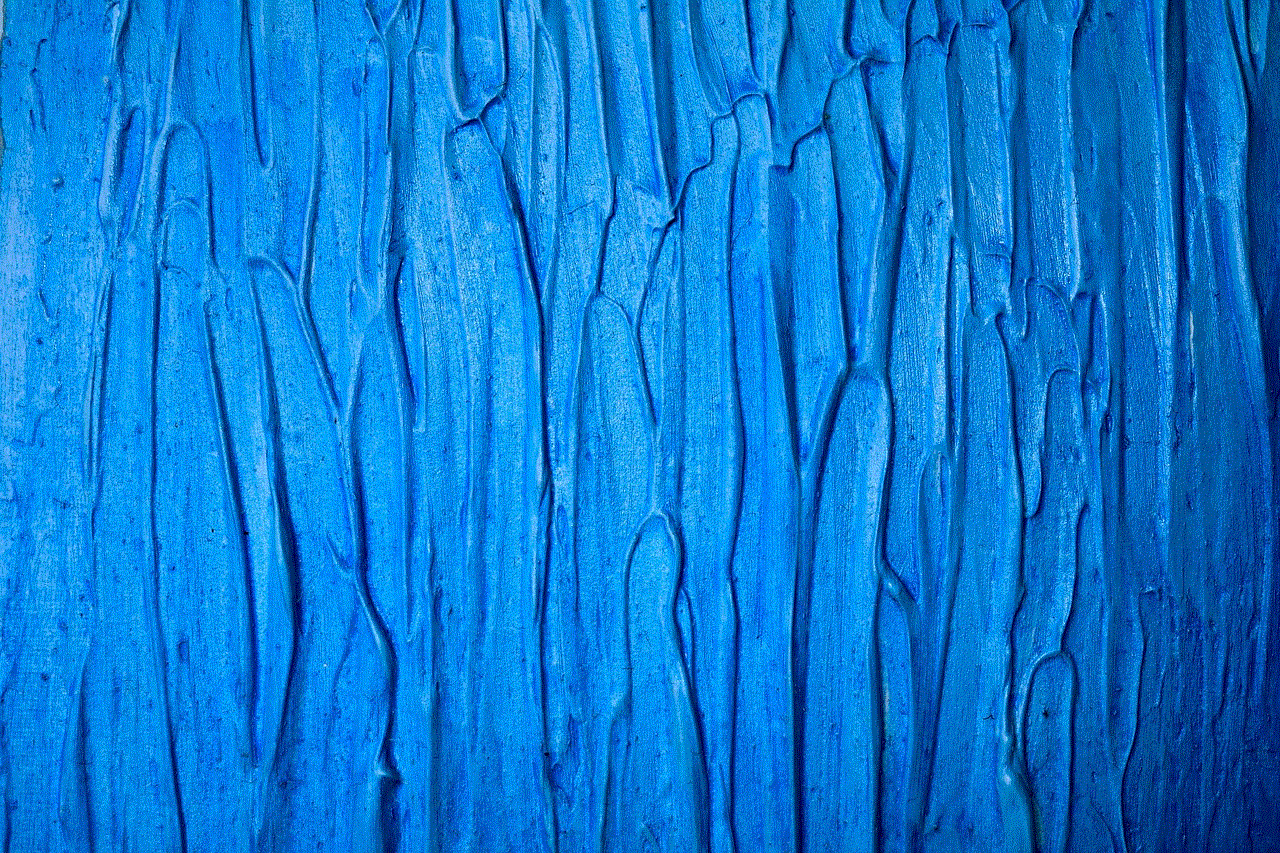how to search channels on youtube
YouTube is the world’s largest video-sharing platform, with over 2 billion monthly active users. With such a vast amount of content being uploaded every day, it can be challenging to find specific channels that align with your interests. Whether you are looking for educational content, entertainment, or tutorials, it is essential to know how to search channels on YouTube effectively. In this article, we will guide you through the process and provide tips on how to find the perfect channels for you.
1. Utilize the Search Bar
The most obvious way to search for channels on YouTube is by using the search bar. You can type in the name of the channel you are looking for or use keywords related to the content you want to watch. For example, if you are interested in cooking channels, you can type in “cooking channels” in the search bar. YouTube will then show you a list of channels that match your search query.
2. Filter Your Search Results
To narrow down your search results, you can use the filter option available on YouTube. Once you have entered your search query, click on the “Filter” button next to the search bar. You can then choose the type of content, duration, upload date, and other options to refine your search results. This feature is especially helpful if you are looking for recently uploaded videos or live streams.
3. Use Advanced Search Operators
Another way to search for channels on YouTube is by using advanced search operators. These are specific keywords that you can add to your search query to get more accurate results. For example, if you want to find channels that upload videos in a particular language, you can use the “lang:” operator. For instance, searching for “cooking channels lang:French” will show you all the channels that upload cooking videos in French.
4. Browse Through the Recommended Channels Section
YouTube has a “Recommended Channels” section on its homepage, which suggests channels based on your viewing history and interests. You can find this section on the right side of the homepage, under the “Recommended” tab. This feature is an excellent way to discover new channels that you might not have come across otherwise. It is constantly updated, so make sure to check it regularly for new recommendations.
5. Explore the Trending Section
The “Trending” section on YouTube also displays popular channels and videos based on the number of views and engagement. This section is an excellent place to find trending channels and content that is currently popular among users. You can access this section by clicking on the “Trending” tab on the homepage. It is a great way to discover new and exciting channels that are gaining traction on the platform.
6. Check Out YouTube’s Creators on the Rise
YouTube’s “Creators on the Rise” is another section that showcases up-and-coming channels that have shown rapid growth in subscribers and views. You can find this section on the homepage, under the “Trending” tab. It is an excellent way to discover new channels and support creators who are on the rise.
7. Use the YouTube Creator Directory
YouTube has a Creator Directory that allows you to search for channels based on categories and topics. You can access this directory by clicking on the “Creators” tab on the homepage and then selecting “Creator Directory” from the drop-down menu. You can then browse through different categories and topics to find channels that align with your interests.
8. Join YouTube Communities
YouTube has communities for creators and viewers to interact and share content. By joining these communities, you can discover new channels and engage with like-minded individuals who share your interests. You can join communities by clicking on the “Community” tab on the homepage and selecting the community you want to join.
9. Follow Your Favorite Channels on Social Media
Many YouTube channels have a presence on other social media platforms like Instagram , Twitter, and Facebook . By following your favorite channels on these platforms, you can stay updated on their latest content and announcements. They may also promote other channels that are similar to theirs, giving you more options to explore.
10. Use Third-Party Tools
Several third-party tools can help you search for channels on YouTube. These tools use algorithms and data analysis to suggest channels based on your interests and viewing history. Some popular tools include Social Blade, VidIQ, and TubeBuddy. These tools also provide insights and analytics on channels, making it easier for you to decide if a channel is worth subscribing to.
In conclusion, YouTube offers a vast array of channels for viewers to explore and enjoy. By using the methods mentioned in this article, you can easily search for channels that align with your interests and discover new and exciting content. Whether you are looking for educational videos, entertainment, or tutorials, YouTube has something for everyone. So go ahead and start exploring the platform to find your next favorite channel!
i define wig
Wigs have been a popular fashion accessory for centuries, with evidence of their use dating back to ancient Egypt. These versatile hairpieces have evolved over time, from being primarily used for practical purposes to becoming a staple in the fashion industry. One type of wig that has gained significant popularity in recent years is the “wig,” a term used to describe a hairpiece that is worn on the head to cover baldness or as a fashion accessory. In this article, we will dive deeper into the world of wigs, exploring their history, uses, and different types.
What is a wig?
A wig is a head covering made from human or synthetic hair, worn to cover baldness or as a fashion accessory. It is typically made of a mesh cap or lace base, with hair strands attached to it. Wigs can be made to imitate natural hair or come in a variety of colors and styles for a more dramatic look. They can be worn for various reasons, including medical reasons, cultural or religious practices, or simply as a fashion statement.
The history of wigs
The use of wigs can be traced back to ancient civilizations, such as Egypt, Greece, and Rome. In these societies, wigs were primarily worn by the wealthy to show status and wealth. They were also used to protect the head from the sun and to keep lice at bay. During the Renaissance period, wigs became a popular fashion accessory, with men and women wearing elaborate and extravagant wigs as a symbol of fashion and wealth.
In the 17th and 18th centuries, wigs became a necessary part of fashion for both men and women in Europe. They were often made from human hair or animal fur and were worn to emulate the hairstyles of the upper class. It was also during this time that powdered wigs became popular, with men and women using white powder to give their wigs a more dramatic and fashionable look.
As time went on, wigs continued to evolve, with the invention of new materials and techniques. In the 19th century, the use of wigs declined as natural hairstyles became more popular. However, they made a comeback in the 20th century, with the rise of Hollywood and the entertainment industry. Wigs were used in movies and theater productions to create different characters and looks, and this trend soon caught on in the fashion industry as well.
Uses of wigs



Today, wigs are used for a variety of purposes. One common use is for medical reasons, such as covering hair loss due to chemotherapy or other medical conditions. Wigs can also be used for religious or cultural practices, such as in the Orthodox Jewish community, where married women cover their hair with a wig or head covering.
Wigs are also a popular fashion accessory, with many people choosing to wear them to change up their look or try out different hairstyles without damaging their natural hair. They are also commonly used in the entertainment industry, with actors and performers wearing wigs to transform into different characters.
Types of wigs
There are several types of wigs available in the market, each with its unique characteristics and uses.
1. Synthetic wigs – These wigs are made from synthetic fibers, such as acrylic, nylon, or polyester. They are often pre-styled and are more affordable than natural hair wigs. However, they cannot be styled with heat and have a shorter lifespan compared to natural hair wigs.
2. Human hair wigs – These wigs are made from 100% human hair, giving them a more natural and realistic look. They can be styled and dyed just like natural hair, making them a popular choice for those looking for a more versatile option. However, they are more expensive than synthetic wigs and require more maintenance.
3. Lace front wigs – These wigs have a sheer lace panel at the front, giving the illusion of a natural hairline. The rest of the wig is made from either synthetic or human hair, making it a popular choice for those looking for a natural look.
4. Full lace wigs – These wigs have a base made entirely of lace, giving the appearance of a scalp. They are more versatile than lace front wigs as they can be styled in any direction, making them a popular choice for those looking for a more natural and customizable look.
5. Hand-tied wigs – These wigs are made by tying individual hair strands onto a mesh cap by hand, giving them a more natural and realistic appearance. They are also lightweight and comfortable to wear, making them a popular choice for those looking for a high-quality wig.
How to care for wigs
Proper care and maintenance are essential for ensuring the longevity of your wig. Here are some tips on how to care for your wig:
1. Brush your wig regularly using a wig brush or comb, starting from the bottom and working your way up to avoid knotting.
2. Avoid using heat styling tools on synthetic wigs, as they can melt or damage the fibers. Use a low heat setting on human hair wigs and always use a heat protectant product.
3. Wash your wig every 6-8 wears using a gentle shampoo and cool water. Avoid rubbing or twisting the wig, as this can cause tangling.
4. Store your wig on a wig stand or mannequin head when not in use to maintain its shape and prevent tangling.
5. Avoid exposing your wig to direct sunlight for extended periods, as this can cause fading and damage.
In conclusion, wigs have come a long way from being a symbol of wealth and status to becoming a popular fashion accessory and a necessary tool for medical and cultural purposes. With a wide variety of styles, materials, and options available, there is a wig for everyone, making it a versatile and timeless hairpiece. Whether you are looking to change up your look or cover hair loss, wigs offer a convenient and stylish solution. So, next time you see someone rocking a beautiful wig, remember the rich history and evolution of this fashion staple.



other words for thirsty
Thirst is a primal and universal sensation that has been felt by humans since the beginning of time. It is an instinctual desire for water, the elixir of life. However, the term “thirst” is not the only way to describe this sensation. There are many other words that can be used to convey the feeling of thirst, each with their own unique nuances and connotations. In this article, we will explore the different words that can be used to describe thirst, and how they can be used in various contexts.
1. Craving
Craving is a strong desire or longing for something, and when it comes to thirst, it refers to an intense yearning for water. This word implies that the person is experiencing a deep need for hydration, and their body is signaling to them that they must quench their thirst. A craving for water can occur after a strenuous activity or in hot weather, when the body loses water through sweating and needs to be replenished.
2. Parched
Parched is a word that evokes a sense of dryness and discomfort. It describes the feeling of having a dry mouth and throat, and a strong desire for something to drink. This word is often used to describe a severe form of thirst, where the person is not just mildly thirsty, but is experiencing a more intense sensation of dehydration. Being parched can be a result of not drinking enough water or being in a dry environment.
3. Dehydrated
Dehydration is a medical term used to describe a lack of water in the body. When a person is dehydrated, they may feel thirsty, but they may also experience other symptoms such as dizziness, fatigue, and dry skin. This word is often used to describe a more serious condition than just being thirsty, and it may require medical attention. Dehydration can occur due to various reasons, such as not drinking enough water, excessive sweating, or illness.
4. Famished
Famished is a word that is typically associated with hunger, but it can also be used to describe a form of extreme thirst. When a person is famished, they are not just feeling a mild desire for food, but they are experiencing a more intense sensation of hunger. Similarly, when someone is famished for water, they are not just mildly thirsty, but their body is signaling that it needs to be hydrated urgently. This word is often used to describe a state of extreme thirst, where the person may feel weak and lightheaded.
5. Yearning
Yearning is a word that describes a deep and intense longing for something. When it comes to thirst, it refers to a strong desire for water that cannot be easily satisfied. This word implies that the person has been without water for an extended period and is now experiencing a desperate need for hydration. Yearning for water can occur in situations where water is scarce, such as during a drought or when stranded in the desert.
6. Longing
Longing is a word that is similar to yearning, but it has a more emotional connotation. When a person is longing for something, it means that they are not just physically craving it, but they also have an emotional attachment to it. This word can be used to describe a deep desire for water when the person has been deprived of it for a long time, and it has become a source of comfort and sustenance for them.
7. Thirsting
Thirsting is a word that is often used in literature and poetry to describe a strong and insatiable desire for something. When it comes to thirst, it refers to a constant and unrelenting need for water. This word implies that the person is not just feeling thirsty at the moment, but they have been feeling this way for a while, and their body is craving water persistently. Thirsting can also be used metaphorically to describe a strong desire for something other than water, such as success or love.
8. Dry
Dry is a simple and straightforward word that can be used to describe a mild form of thirst. When someone says they are feeling dry, it means that their mouth and throat are not as moist as they should be and they need to drink some water. This word is often used in casual conversations, and it can also be used to describe a dry climate or environment where a person may feel thirsty more frequently.
9. Hankering
Hankering is a word that describes a strong and persistent desire for something. When it comes to thirst, it refers to a strong craving for water that cannot be easily satisfied. This word implies that the person is not just feeling mildly thirsty, but they have been experiencing a more intense form of thirst for a while. Hankering for water can occur in situations where a person is not able to access clean drinking water, such as during natural disasters or in areas with limited water resources.
10. Aching
Aching is a word that is often associated with physical pain, but it can also be used to describe a sensation of thirst. When a person is aching for water, it means that their body is signaling to them that it urgently needs to be hydrated. This word is often used to describe a severe form of thirst, where the person may feel weak and dizzy. Aching for water can occur in situations where a person is physically exerting themselves, such as during a workout or while doing manual labor.



In conclusion, thirst is a sensation that can be described in many different ways, each with its own unique nuances and connotations. Whether it is a mild desire for water or a severe sensation of dehydration, there are words that can effectively convey the feeling of thirst in various contexts. So the next time you are feeling parched, famished, or hankering for a drink, remember that there are many other words that can be used to describe this primal and universal sensation. Stay hydrated, my friends.